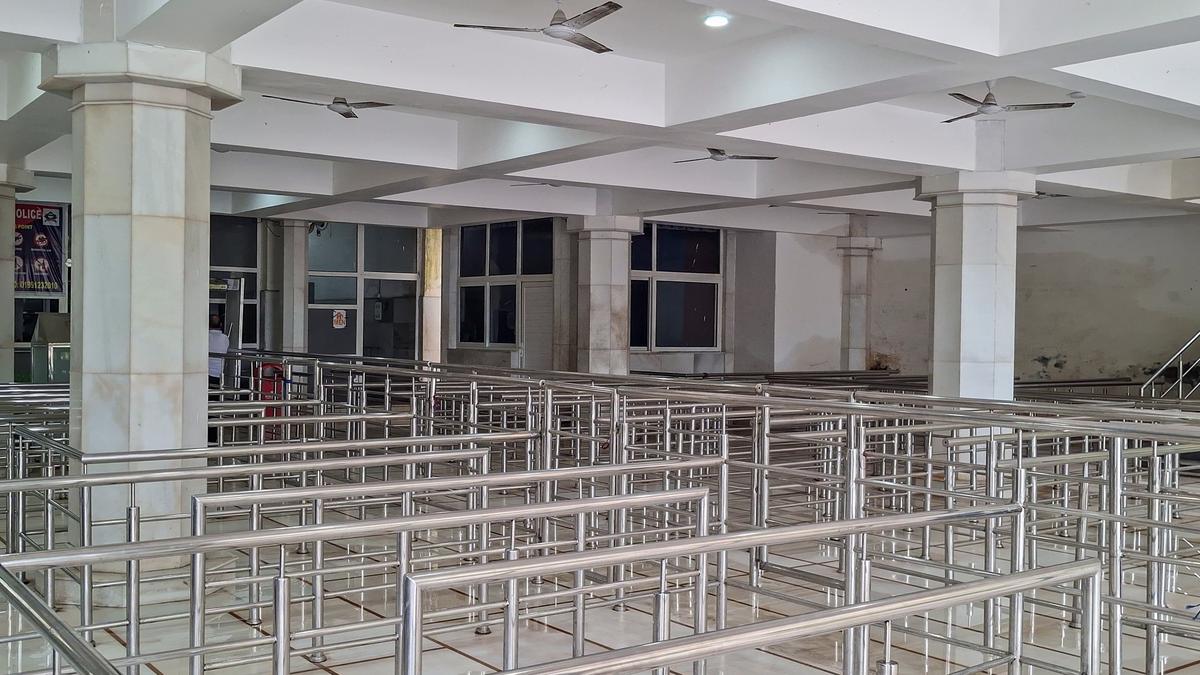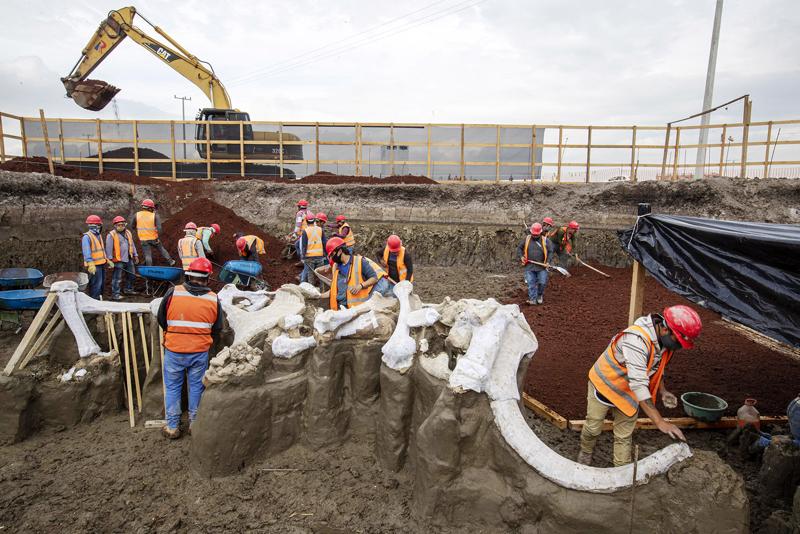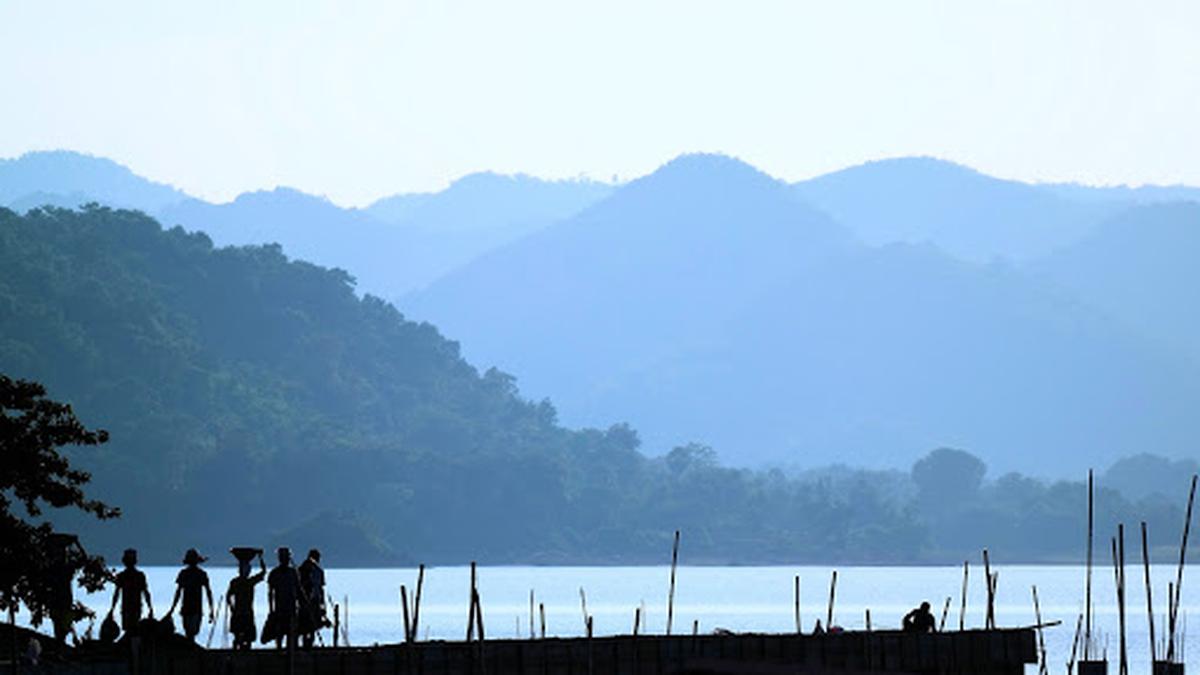Now Reading: Vaishno Devi Board Responds to Cloudburst Claims, Cites Timely Yatra Suspension
-
01
Vaishno Devi Board Responds to Cloudburst Claims, Cites Timely Yatra Suspension
Vaishno Devi Board Responds to Cloudburst Claims, Cites Timely Yatra Suspension

Fast summary
- A landslide triggered by a sudden cloudburst at Adhkuwari on the Shri Mata Vaishno Devi pilgrimage route claimed 34 lives and injured 18 pilgrims on August 26, 2025.
- The Shrine Board suspended yatra registrations at noon ahead of adverse weather conditions, emphasizing that earlier weather forecasts showed clear conditions conducive for the pilgrimage. Helicopter services were operational until around 10 a.m. that day.
- The disaster occurred near Inderprastha Bhojanalaya, a location previously deemed safe, and was described as an unforeseen force majeure event.
- Rescue operations were promptly carried out by teams from the Shrine Board’s disaster Management Task Force along with District Administration Reasi, J&K Police, CRPF, Army, NDRF, SDRF and volunteers. Injured individuals received specialized medical care at the Shrine Board’s hospital in Kakryal after initial aid along the track.
- pilgrims stranded due to this incident were safely evacuated through Tarakote Marg by evening.
- The new track prone to landslides had been closed since August 24; only older tracks considered stable over decades remained open during monitored weather conditions.
- The Shrine Board denied allegations in media reports suggesting negligence and insisted all reasonable precautions based on official advisories were undertaken.
Indian Opinion Analysis
The tragic loss of lives during a religious pilgrimage represents both nature’s unpredictability and challenges inherent in safeguarding public safety in high-risk areas such as Trikuta hills. The Shri Mata Vaishno Devi Shrine Board appears to have followed established protocols based on prevailing weather forecasts but was unable to anticipate an acute cloudburst-a rare yet devastating natural phenomenon-at what had been considered safe terrain over years of usage.
Rescue efforts following this disaster underscore robust coordination among administrative agencies including military forces and disaster management teams. this highlights India’s growing focus on responsive mechanisms during crises while showcasing significant gaps in predictive capabilities for localized extreme-weather events like cloudbursts.For Indian policymakers tasked with managing pilgrim-intensive areas susceptible to natural calamities like landslides or floods, addressing these vulnerabilities could involve investments into hyper-local early warning systems paired with infrastructure upgrades prioritizing risk mitigation under varying climatic scenarios.To read more: Link here.

























